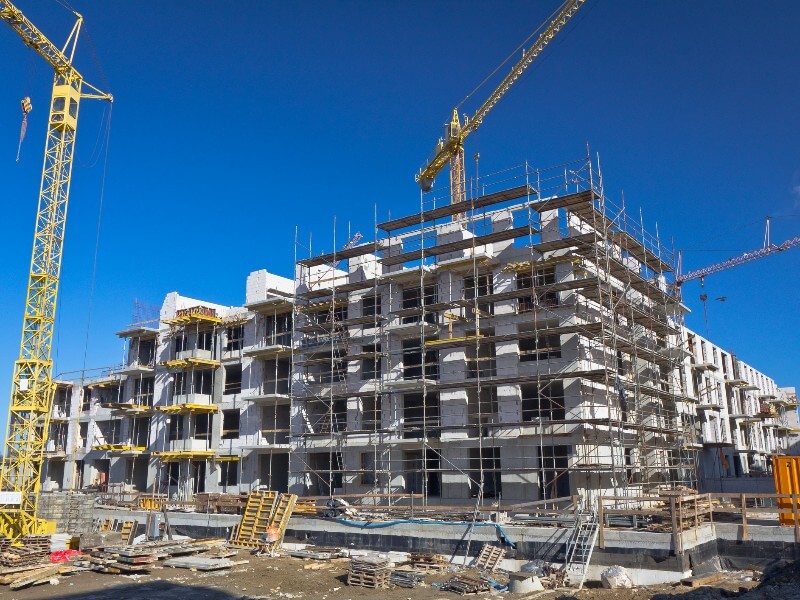
If you work in the construction industry, you know how important it is to complete your work efficiently and achieve project objectives within the established timeframe and budget. That's where productivity in construction comes into play.
Imagine being able to complete your projects faster, saving time and resources. Productivity in construction is exactly that: the key to optimizing your processes, eliminating waste, and achieving excellent results.
So, do you want to know how to achieve it, what productivity indicators are, why, and how to measure them? Keep reading and find out!
It's a measure of how efficiently tasks are performed on a construction site. In other words, it's how you and your team use time, materials, and labor to complete a construction project quickly and efficiently.
Therefore, being productive in construction means making the best use of these resources, avoiding waste and completing the work on time and within budget.
This involves proper planning, workplace organization, staff training, use of modern equipment, efficient time management, and clear communication. The goal is to achieve the best results, delivering quality projects and satisfying clients.
As you have seen, productivity indicators in civil construction These are measures that help evaluate the performance and efficiency of work carried out on a construction site. Below, learn about some of them!
Measures the amount of work completed by each professional in a given period. This demonstrates how efficient and agile each team member is.
Assesses how resources, such as equipment and materials, are being utilized. A high utilization rate means they are being used appropriately.
Measures the proportion of what needs to be redone due to errors or problems. A low rework rate indicates a job well done and greater efficiency.
Verifies that project milestones are being completed within the established deadlines. The closer to the schedule, the greater the efficiency.
Analyzes energy consumption relative to production. This means that the less energy required to perform a given amount of work, the greater the energy efficiency.
Measures the amount of wasted materials relative to the total used. A low waste rate indicates efficient use of materials.
Assesses safety on the construction site by monitoring accidents. In this case, a low accident rate indicates a safe work environment and greater efficiency in task execution.
The use of productivity indicators in construction is important because they provide clear and objective information about the performance of the entire team on the construction site. Learn more!
KPIs allow you to assess team performance and identify areas for improvement. This helps you identify bottlenecks, inefficiencies, and recurring issues, allowing you to implement corrective measures to increase efficiency.
Based on these indicators, you can make more informed decisions. After all, they provide objective data that helps identify problems, allocate resources appropriately, and plan efficiently. This helps avoid delays, rework, and costs extras.
Indicators also help identify successful and efficient practices. By analyzing the results obtained, you can identify the best strategies and replicate them in future projects, continuously improving your processes.
They also serve to monitor project progress against the established schedule and objectives. This is because they track work progress, identify delays or deviations, and allow for timely corrective measures to avoid major problems.
Productivity indicators provide a foundation for continuous improvement. By analyzing results and implementing corrective actions, you can constantly improve your processes, reduce waste, increase efficiency, and deliver higher-quality projects.
Using productivity metrics demonstrates your commitment to delivering quality results on time and within budget. This instills confidence in your clients, demonstrating that you value efficiency and are committed to delivering excellent work.
Measuring productivity indicators in construction can be done in a simple and practical way. For example, to assess workforce productivity, track the number of tasks completed by each worker in a given period.
For example, count how many square meters of wall were plastered per day or how many blocks were laid in a week. Want to measure energy efficiency? Record the amount of energy used to perform certain activities and compare it with the amount of work performed.
To improve productivity in construction, here are some straightforward and practical tips:
So, have you clarified your main doubts about productivity in civil construction? Keep in mind that this must be an ongoing process for benefits to emerge, such as demonstrating value to the customer and monitoring progress on the work.
If you liked these tips to improve your performance in the construction industry, read other blog content and learn more about Grupo Aço Cearense on our website!